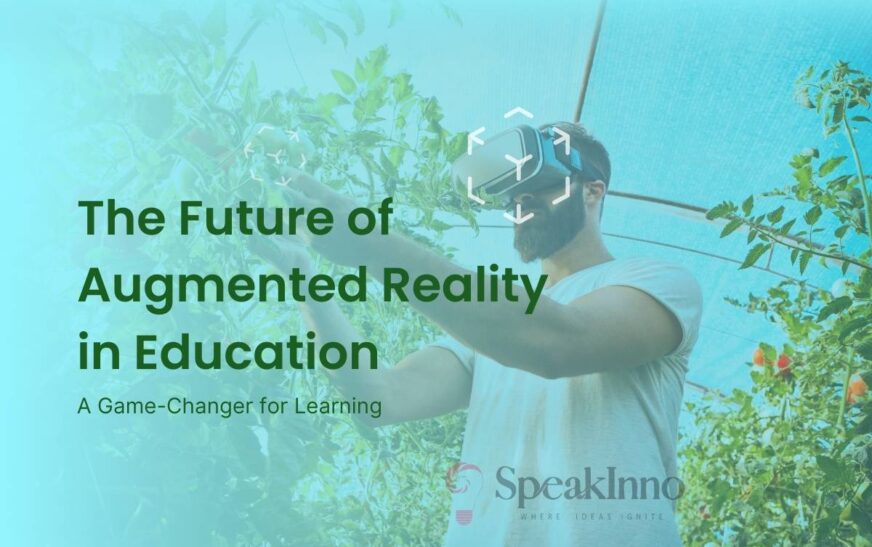Ever wondered how we’ll be learning in the future? Augmented reality (AR) might be the answer.
I’ve been keeping tabs on this tech, and let me tell you, it’s pretty mind-blowing.
What’s the Big Deal with AR in Education?
Augmented reality isn’t just for catching Pokémon anymore.
It’s set to revolutionize how we learn and teach.
Imagine dissecting a frog without the smell or mess.
Or you are exploring ancient Rome without leaving your classroom. That’s the power of AR in education.
How AR is Changing the Game
Hands-on Learning Without the Risks
AR lets students get hands-on experience without any real-world consequences.
Chemistry experiment go wrong? No problem. Just reset and try again.
Bringing Abstract Concepts to Life
Math and physics can be challenging to grasp.
AR makes these abstract ideas tangible and interactive.
Suddenly, calculus isn’t just numbers on a page – it’s a 3D model you can manipulate.
Personalized Learning Experiences
Everyone learns differently.
AR adapts to individual learning styles, pacing, and interests.
It’s like having a personal tutor available 24/7.
Real-World Applications of AR in Education
Let’s look at some examples of AR already making waves:
- Language Learning: Point your phone at an object and see its name in your learning language.
- History Class: Overlay historical events onto modern landscapes.
- Biology: Explore the human body in 3D, layer by layer.
- Astronomy: Turn your ceiling into a night sky map.
Challenges and Concerns
It’s not all smooth sailing, though.
We’ve got some hurdles to clear:
- Cost: AR tech can be pricey. How do we make it accessible to all schools?
- Teacher Training: Educators need support to use AR effectively.
- Screen Time: We need to balance AR use with other learning methods.
- Privacy: How do we protect student data in AR environments?
The Future Looks Bright (and Augmented)
Despite these challenges, the potential of AR in education is enormous.
As the tech improves and becomes more affordable, we’ll likely see it in classrooms everywhere.
It’s not about replacing teachers but giving them a powerful new tool.
FAQs About AR in Education
Q: Will AR replace traditional textbooks?
A: Not entirely, but it’ll definitely change how we use them. Think interactive pages and 3D models popping out of your book.
Q: Is AR suitable for all age groups?
A: Absolutely! From kindergarten to college, AR can be adapted for different learning levels.
Q: How can parents support AR learning at home?
A: Look for educational AR apps, and don’t be afraid to learn alongside your kids. It’s a great bonding experience!
What’s Next for AR in Education?
The future of augmented reality in education is looking bright.
We’re talking about a world where learning is more engaging, interactive, and personalized than ever before.
As AR tech evolves, so will our classrooms.
Imagine:
- AR textbooks that update in real-time with the latest information
- Virtual field trips to any place or time in history
- Instant translation and cultural context for language learners
- Simulated work environments for vocational training
The possibilities are endless.
It’s an exciting time to be a student – or a lifelong learner.
AR isn’t just changing how we learn and what we can learn.
It’s breaking down barriers of distance, time, and physical limitations.
So, are you ready to step into the Future of Augmented Reality in Education?
Get ready – it’s going to be one wild, immersive ride.
Related Posts:




